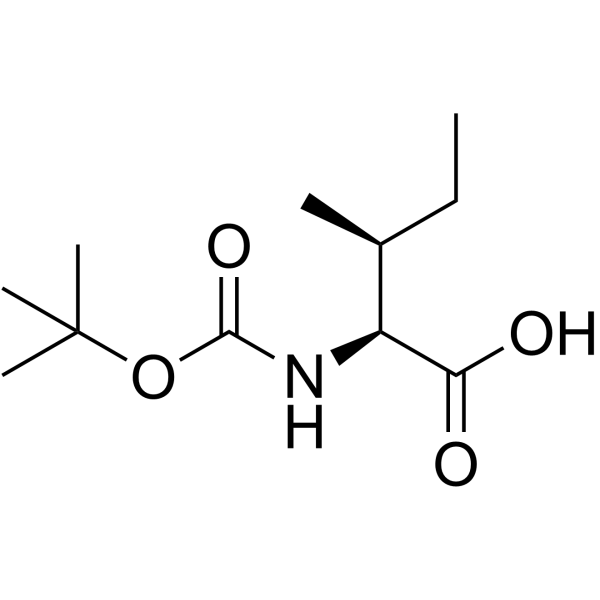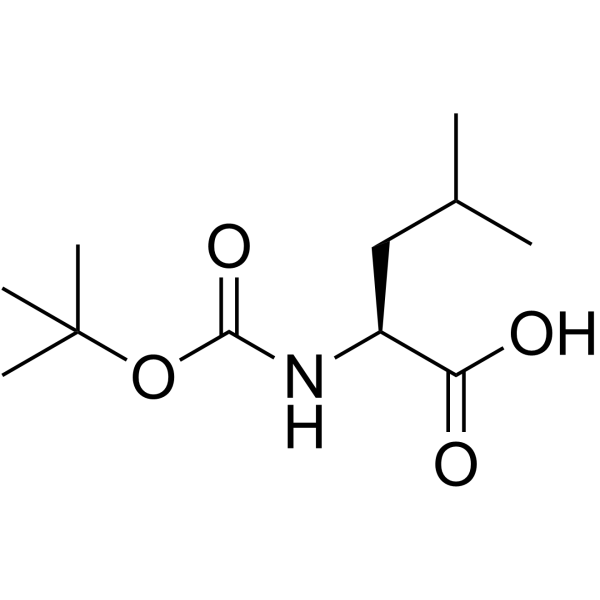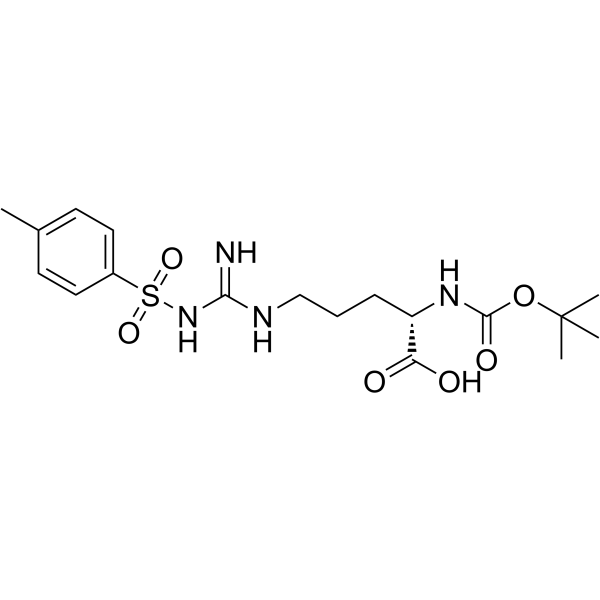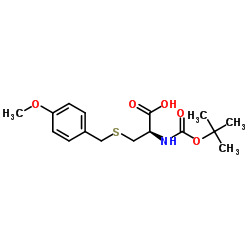116229-36-8
| Name | bactenecin |
|---|---|
| Synonyms |
R-lactic acid tert-butyl ester
bovine dodecapeptide D-lactic acid tert-butyl ester RLCRIVVIRVCR 3-11 disulfide |
| Description | Bactenecin is a cyclic antimicrobial peptide isolated from bovine neutrophils with potent activity against Bacterial and Fungal species. |
|---|---|
| Related Catalog | |
| Target |
Bacterial, Fungal[1] |
| In Vitro | Bactenecin inhibits the growth of Escherichia coli and Staphylococcus aureus at the same concentration. Bactenecin inhibits the growth of other medically important bacteria and yeast, and it kills the fungus Trichophyton rubrum. Acetylation and amidation of the amino- and carboxy-termini of bactenecin do not change its potency, while replacement of its two cysteine residues with serine decreases the potency[1]. Bactenecin, a dodecapeptide, is strongly cytotoxic to rat embryonic neurons, fetal rat astrocytes and human glioblastoma cells. This neurotoxicity is unique to bactenecin, as a panel of antibacterial peptides from vertebrates and invertebrates, like defensins corticostatin, indolicidin, cecropin P1, tachyplesin I, the magainins, or apidaecins did not impair neuronal viability[2]. |
| Cell Assay | Rat neuronal cells (5000 cells/well) are incubated for 24 hr with bactenecin (0.3, 0.6, 1.25, 2.5, 5, 10, 20, 40 μg/mL) or the control peptide. Cytotoxicity is assayed in 96-well tissue culture plates using a commercially available kit. The method is based on cellular reduction of tetrazolium salt into intensely coloured formazan derivates.[2]. |
| References |
| Density | 1.43g/cm3 |
|---|---|
| Molecular Formula | C63H118N24O13S2 |
| Molecular Weight | 1483.89000 |
| Exact Mass | 1482.88000 |
| PSA | 681.62000 |
| LogP | 5.55260 |
| Index of Refraction | 1.649 |
| Storage condition | 2-8℃ |
| Precursor 4 | |
|---|---|
| DownStream 0 | |




